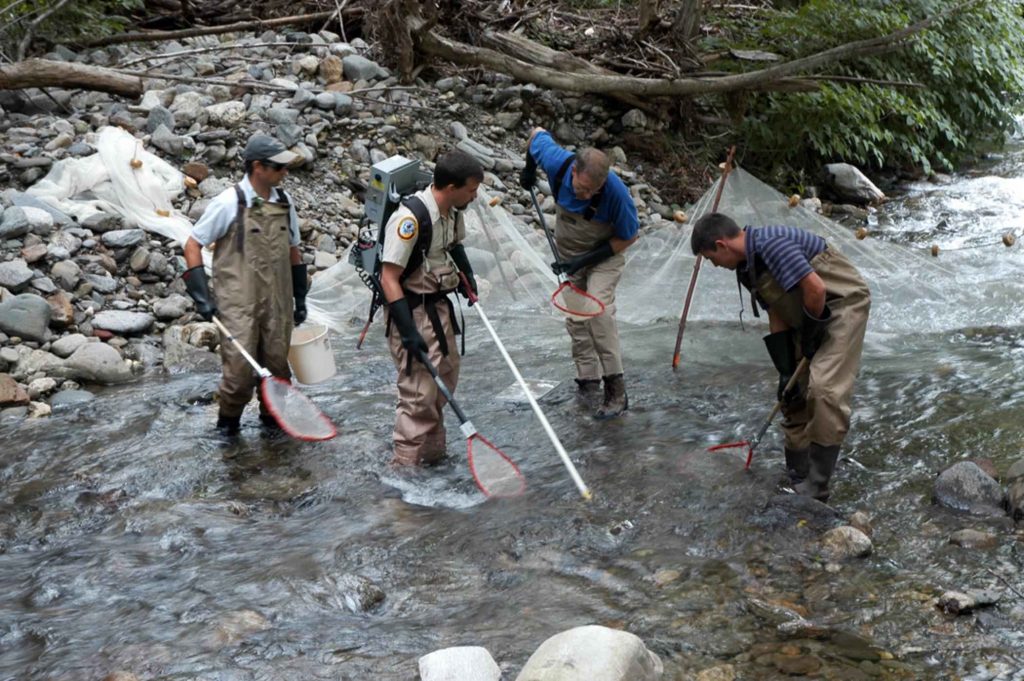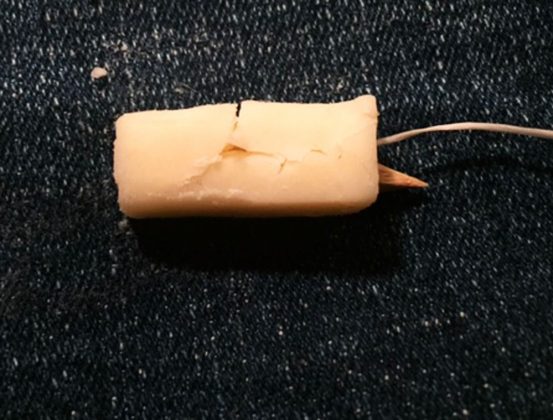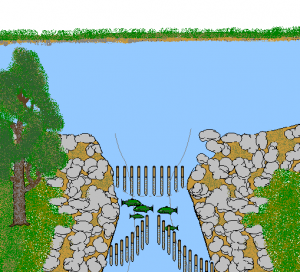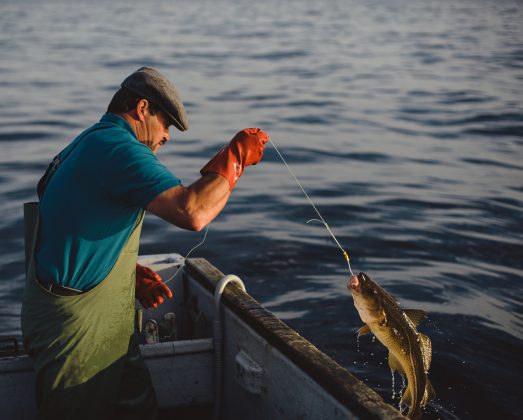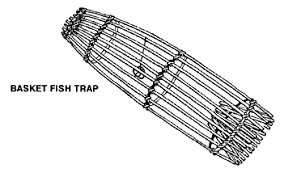Sanity is important. Really. It’s easy to think that in a disaster we’ll just make do because we won’t have any choice. That’s adding a lot of stress to our bodies and minds in an already stressful situation.
People die and are brutalized as a result of today’s stresses, and various reactions to them. We are not all going to be immune should something occur – income loss, natural disaster, or nation-altering event. However, we can make some sanity-saving preparations to ease those stresses rather than increase them.
Curtains
 We’re used to a great deal of privacy in most Western cultures. It’s no longer the norm to have 3+ generations in a single household. It’s no longer the norm to have even a nuclear family live without separate bedrooms and usually at least one family room to choose from and “getaway”.
We’re used to a great deal of privacy in most Western cultures. It’s no longer the norm to have 3+ generations in a single household. It’s no longer the norm to have even a nuclear family live without separate bedrooms and usually at least one family room to choose from and “getaway”.
People make it through boomerang children and sudden house sharing. Flipside: Consider how many conflicts (and separations) occur when folks retire. Sometimes, two people are “suddenly” exposed to each other 24/7/365 and discover they actually only liked each other in small doses.
When we share tighter spaces or share with more people than usual, conflicts tend to arise. Being able to retain even a minor visual escape from fidgets and from annoyances can be huge.
Cubbies can be arranged for tiny reading nooks, as well as to create smaller rooms or block off a bunk to provide some escape space. All we need to maintain some privacy and individual space are some sheets or fabric, and some screws, screw-in hooks, or some heavy-duty staples. You might also want to snag something like garden mesh or tulle that can be doubled up to provide a visual barrier but not block as much airflow.
Ear Plugs
As with getting out of sight, getting away from sounds can be enormously sanity-saving. The earplugs fit a variety of canals, fluff out fast, aren’t scratchy, and you can sleep on your side. They can also be used in conjunction with over-the-ear and around-the-ear headsets, which can further reduce the intrusion of outside noises.
Music & Headsets
 Many of us like music, but don’t want to hear somebody learning to play the harmonica and singing may require those earplugs. Within my family, various infidels think Skillet is a pan, Pitbull is a breed, Celtic Woman is plural, FFDP=5FDP, and it’s normal to howl to country music. There’s audio torture in there for pretty much everybody.
Many of us like music, but don’t want to hear somebody learning to play the harmonica and singing may require those earplugs. Within my family, various infidels think Skillet is a pan, Pitbull is a breed, Celtic Woman is plural, FFDP=5FDP, and it’s normal to howl to country music. There’s audio torture in there for pretty much everybody.
Happily, we have options that will allow us to all dance to the beat of our own drummers.
There are umpteen music and video download services for smartphones or tablets. MP3 players have become wicked inexpensive. Phones are media storage devices, giving those old electronics we replace frequently new life. Terabyte external hard drives not much bigger than a wallet, fit compactly in Ziploc and EMP boxes and shields
Even more happily, there are these handy things called “headsets”. This is different from earbuds. Headsets go over your ears or fit all the way around the ear, sealing off even more of the outside world. Plus, you can wear earplugs with a headset.
You’ll want to make sure you’re also stocking multiple power options. There are rocket stoves that can produce electricity. Small solar chargers are inexpensive. Some are barely bigger than an old flip phone, some are the size of smartphones and tablets, and some that are still in the $20-$50 range take up the space of a laptop – some of which expand to 2-3x times that for collection. Most will handle cell phones and mp3 players easily.
Cough Drops & Syrup
It may seem ridiculous, but somebody repeatedly hacking really will get on others’ nerves. It can also be disruptive to sleep – theirs and others’. Sleep deprivation is one of those things that generates emotional outbursts and bad decisions. It’s an easy fix.
Books, Games & Entertainment
Don’t ignore entertainments just because you think you’ll be working and then sleeping, and won’t need light or distractions. We watched and listened to stories and played sports and games even during pretty tough, lean periods of history.
There are compact card versions of a lot of board games, quickie fun like Man Bites Dog, and games like Qwixx that can cross purpose into Farkle, Yahtzee, and other dice games with some pre-printed instructions. We can create holiday, seasonal, and educational versions of Pictionary, Last Word, BINGO, and Scattergories. (Budget extender: home-print prompts and draw for letters instead of buying the game/alphabet die.) Notebook-sized dry erase boards provide reusable playing and scorekeeping.
 Books run the gamut from the usual suspects (crosswords, Sudoku, search-a-word, “Brain Busters”) to fiction in line with family’s TV or gaming interests. Large-print versions will be easier to read in dim light. Some of the free papers in front of supermarkets have a puzzle page (don’t forget to snag the next addition for answers, and pencils).
Books run the gamut from the usual suspects (crosswords, Sudoku, search-a-word, “Brain Busters”) to fiction in line with family’s TV or gaming interests. Large-print versions will be easier to read in dim light. Some of the free papers in front of supermarkets have a puzzle page (don’t forget to snag the next addition for answers, and pencils).
There’s nothing wrong with adding books to our electronic media, but have some hardcopies.
Places like Oriental Trading Co. can be great for nabbing tiny jigsaw puzzles, finger-fidgets, all kinds of crafts, brain teasers, small activities, dominos, and bead mazes, for less than $5-$10 per lot of 4-24. Watch for their free shipping with no purchase limit specials ahead of holidays.
You can have jigsaw puzzles made out of favorite photos, or print your own. A dozen with their pictures fit in a shirt box. Some Nerf or airsoft guns and home-printed targets can make for an all-ages pirate or zombie party. Indoor bowling sets, non-pokey dartboards, mini indoor basketball goals, homemade bean-bag tosses, and similar are all ways to keep boredom and stress from boiling over even if we’re not trapped by weather or in a bunker/compound situation.
If there are adults and adolescents, don’t forget the condoms. Especially if you don’t plan for other entertainments.
Vices
For some, books, games, movies, music, and the internet are vices. For others, it’s nicotine or booze, chocolate or caffeine, popcorn or chips. Some people are pretty well addicted to their sports, watching or playing. Socializing and shopping will be a hard loss for others.
Loss leads to stress, and we’re already looking at stressful situations. We can either add to losses, or mitigate some. People “Jonesing is only going to further stress them and those around them.
Vices can absolutely be poor choices, especially in contained spaces. Still, weigh them out. Some aren’t so bad. Many addiction vices can be stocked for an initial transition period. Other types can be stocked to be a once-in-a-while treat or easily, inexpensively indulged.
Cool-Downs
Heat can be the straw that breaks a camel’s back. Heat can also cause actual medical stress, so combating it checks extra boxes.
One easy, fairly inexpensive helper are battery-operated fans. Some of them are tiny little AA and AAA mini’s we clip to strollers and dashboards. Box fans come in 6”-10” and 12”-20” ranges, running off 4-8 AA or 1-4 C or D batteries. Many can now be charged directly via USB.
Some of them generate a fair bit of breeze, which can help tremendously with perceived temperature. Even the less-effective ones can help a little. You can increase effectiveness by sticking something cool or cold in front of them, like a frozen water bottle, wet sponge, or one of those crack-cool ice packs (especially wrapped in a damp cloth).
Dunk-snap bandanas and soak-activated neck coolers (those start to get slimy after multiple uses) can also help significantly.
Exercise
The loss of friends and family, the loss of purpose after losing a job or retiring, loss of social outlets, and injuries already cause people to spiral into depression. It’s a common problem as-is, and is fairly guaranteed to increase if our worlds are ripped away. Anything that can fight it will be a big help – exercise is one of those things.
Exercise also helps with stress. It’s going to be a necessary outlet for active folks who are suddenly “trapped”. It allows some to release some of their frustrations – some, not everyone. It can also ease anxiety.
Physical therapy and senior citizen exercises can be helpful even for young, healthy bodies. We can leave mat space for calisthenics and Pilates, have chairs sturdy enough for exercise props, and stock resistance bands. There’s also the option of sticking a bike on a rack – which has the advantages of potentially being connected to a grinder, a laundry machine, or a generator. Hand bikes, rowers, or reclining bikes have their own advantages.
I personally wouldn’t install a boxing bag or treadmill somewhere everybody has to hear it getting pounded, since that’s only going to create more conflict and frustration.
Dealing with Conflicts
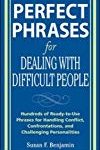 Anytime you increase stress, problems are going to start showing up. It’s not like preexisting issues go away, either. Especially in situations where you’re doubling-up in homes, living in RV or camping conditions, or in a bunker-barracks scenario, conflicts are going to arise.
Anytime you increase stress, problems are going to start showing up. It’s not like preexisting issues go away, either. Especially in situations where you’re doubling-up in homes, living in RV or camping conditions, or in a bunker-barracks scenario, conflicts are going to arise.
Study, train, and stock material related to anger management, stress, grief processing, PTSD, forgiveness, passive-aggressive tendencies, abuse/assault, compromise, divorce, loss specifically related to parents and kids and miscarriages, for-real conflict resolution, and both assertiveness and sensitivity training. Get training on listening – specifically listening to family members – for as many as can attend.
We see divorces, PTSD, business partnership dissolutions, and family meltdowns every day. Thinking that high-stress will only bring our people closer, not crack some and create fissures, is delusional.
Sensitivities
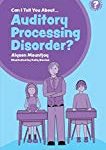 Sensory Processing/ Perception Disorder can manifest in a range of ways. Some “feel” and “see” certain sounds – sometimes like corduroy rubbing in the ear, or that awful sensation of a pencil eraser’s metal scraping paper and desk. I don’t actually recognize background noises – clocks ticking, ceiling fans whirring, dogs panting, conversations behind a door, and rubbing of a callous are as prominent to me as face-to-face words. It has advantages and frustrations.
Sensory Processing/ Perception Disorder can manifest in a range of ways. Some “feel” and “see” certain sounds – sometimes like corduroy rubbing in the ear, or that awful sensation of a pencil eraser’s metal scraping paper and desk. I don’t actually recognize background noises – clocks ticking, ceiling fans whirring, dogs panting, conversations behind a door, and rubbing of a callous are as prominent to me as face-to-face words. It has advantages and frustrations.
Other common and regularly undiagnosed sensitivities include misophonia (triggered by picking at nails, whistling breath, chewing, sucking on teeth, flicking and tapping pencils, thumbing pages of books) and misokenisia (many of the same, plus twiddling thumbs, jerking feet, bouncing knees, etc., especially when the repetitive motion is at the verge of peripheral vision).
It’s not just “get over it” territory or being appalled by bad table manners and fidgets. The mis-wired brain triggers extreme flight-fight reactions. It can make sufferers want to cry, scream, or stab someone. People have grit their teeth so hard they crack fillings, and dug nails so hard into their own thighs and earlobes that they draw blood.
Providing escapes and being cognizant of bad habits, sensitivities to bad habits, and finding resolutions is going to be important. Especially since being trapped for a long winter already causes people to go postal (hello, cabin fever) and so many people have weapons handy.
Other sensitivities to note now, especially for tight, closed quarters, are things like somebody wheezing from Vick’s or Aspercreme, somebody sneezing and sniffling until aerosol deodorizers dissipate (and that person not covering their mouth/nose properly), regular detergents making somebody itch, improper hand washing (“Gross!” & “Don’t touch food/dishes!” tiffs), and the smell of certain cleaners turning somebody’s stomach. There’s usually a work-around.
Anytime there’s nowhere to flee – trapped together by a hurricane or frigid weather, or in a bunker-type situation – the reaction to stressors is going to be to fight.
Pay attention, learn sensitivities ahead of time, and figure out ways to prevent and mitigate them. Distractions and mini-escapes will help tremendously.
Sanity is important. Really. It’s easy to think that in a disaster we’ll just make do because we won’t have any choice. That’s adding a lot of stress to our


 If you grow herbs, or use herbal medicine in any way, then vodka should already be part of your fall purchase list so that you can use it in creating tinctures to preserve herbaceous medicines. The process is simple – in a small, dark and opaque bottle or jar, fill the bottle or jar with herbs (leaves, flowers, roots, or whatever piece you’d normally use). Top off the bottle with vodka, and let it sit for a week or so in order to have the medicine steep into the liquid. After you’ve allowed the mixture to steep, you can strain out the liquid tincture, and store it in dropper bottles, which take up less area and have an adequate measuring system included.
If you grow herbs, or use herbal medicine in any way, then vodka should already be part of your fall purchase list so that you can use it in creating tinctures to preserve herbaceous medicines. The process is simple – in a small, dark and opaque bottle or jar, fill the bottle or jar with herbs (leaves, flowers, roots, or whatever piece you’d normally use). Top off the bottle with vodka, and let it sit for a week or so in order to have the medicine steep into the liquid. After you’ve allowed the mixture to steep, you can strain out the liquid tincture, and store it in dropper bottles, which take up less area and have an adequate measuring system included. Vodka is very high in alcohol content, and as anyone who experimented in chemistry can tell you, alcohol burns hot and quick. You can use vodka as an accelerant for fires (similar to lighter fluid). It does not create a steady, long burn, but it could help you catch a few twigs on fire, and is especially useful if you’re not all that skilled with bushcraft.
Vodka is very high in alcohol content, and as anyone who experimented in chemistry can tell you, alcohol burns hot and quick. You can use vodka as an accelerant for fires (similar to lighter fluid). It does not create a steady, long burn, but it could help you catch a few twigs on fire, and is especially useful if you’re not all that skilled with bushcraft. With a rag, a bottle of alcohol and a fire, you have an effective Molotov cocktail, an exploding fire grenade that can deal massive damage to crowds, a vehicle or a building. If you’re in a one-on-one fight, a broken bottle is a very menacing weapon. But beware, glass bottles either do not break easily or shatter completely, depending on a lot of factors. Once again, the movie and TV stereotypes are a myth. On the upside, anyone you injure with this will appreciated that you were kind enough to use a weapon that will fight infection.
With a rag, a bottle of alcohol and a fire, you have an effective Molotov cocktail, an exploding fire grenade that can deal massive damage to crowds, a vehicle or a building. If you’re in a one-on-one fight, a broken bottle is a very menacing weapon. But beware, glass bottles either do not break easily or shatter completely, depending on a lot of factors. Once again, the movie and TV stereotypes are a myth. On the upside, anyone you injure with this will appreciated that you were kind enough to use a weapon that will fight infection. Alcohol in general can make you feel like you’ve increased your body temperature, and therefore, it is often thought of as a way to keep your internal body temperature high. In fact, alcohol does the opposite. You feel warm when you drink alcohol because it actually lowers your internal temperature, causing you to feel like you just walked out on a warm summer day wearing a winter coat. Drinking in cold temperatures can be very hazardous to your health. However, that false feeling, along with the numbing effect, can be an effective method for calming agitated people.
Alcohol in general can make you feel like you’ve increased your body temperature, and therefore, it is often thought of as a way to keep your internal body temperature high. In fact, alcohol does the opposite. You feel warm when you drink alcohol because it actually lowers your internal temperature, causing you to feel like you just walked out on a warm summer day wearing a winter coat. Drinking in cold temperatures can be very hazardous to your health. However, that false feeling, along with the numbing effect, can be an effective method for calming agitated people.
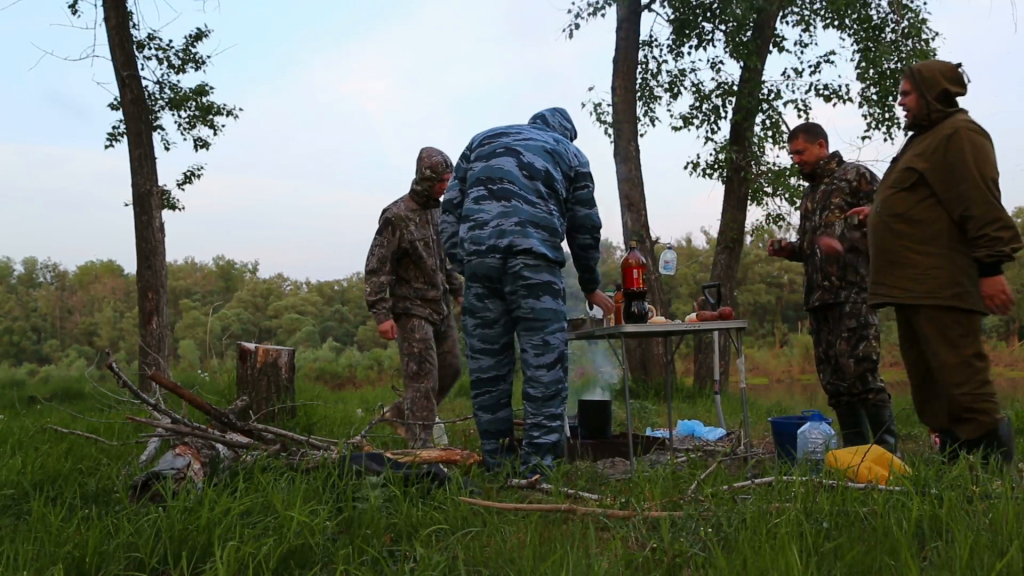
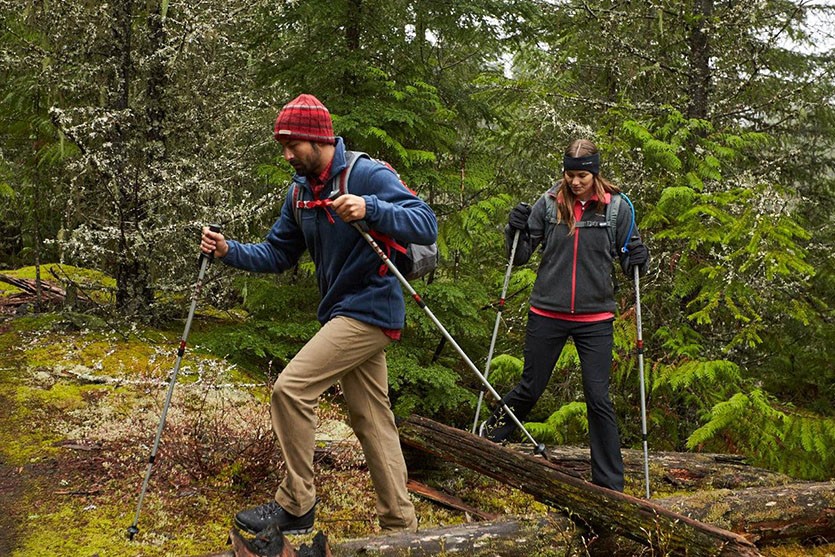


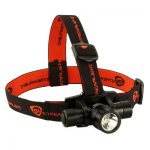
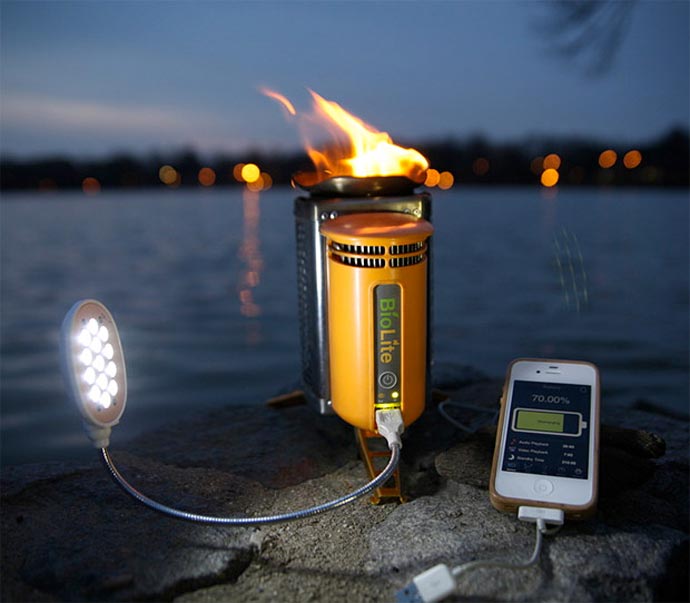
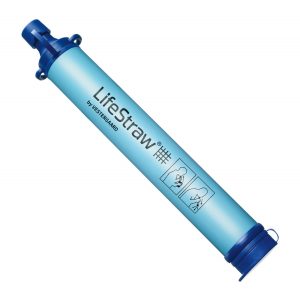
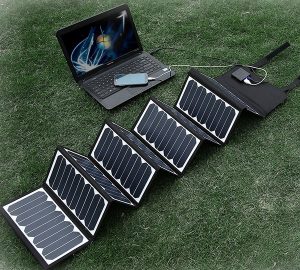

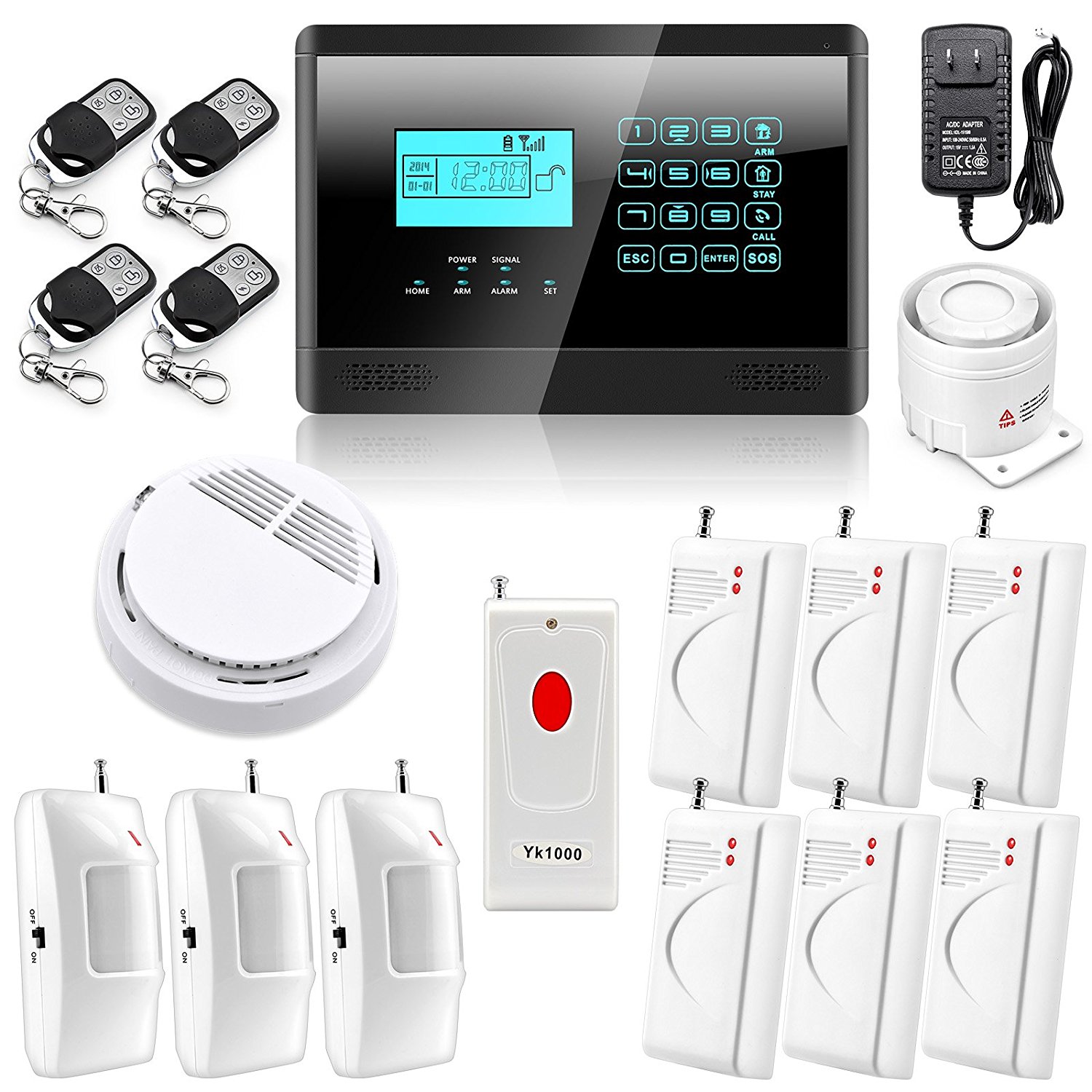
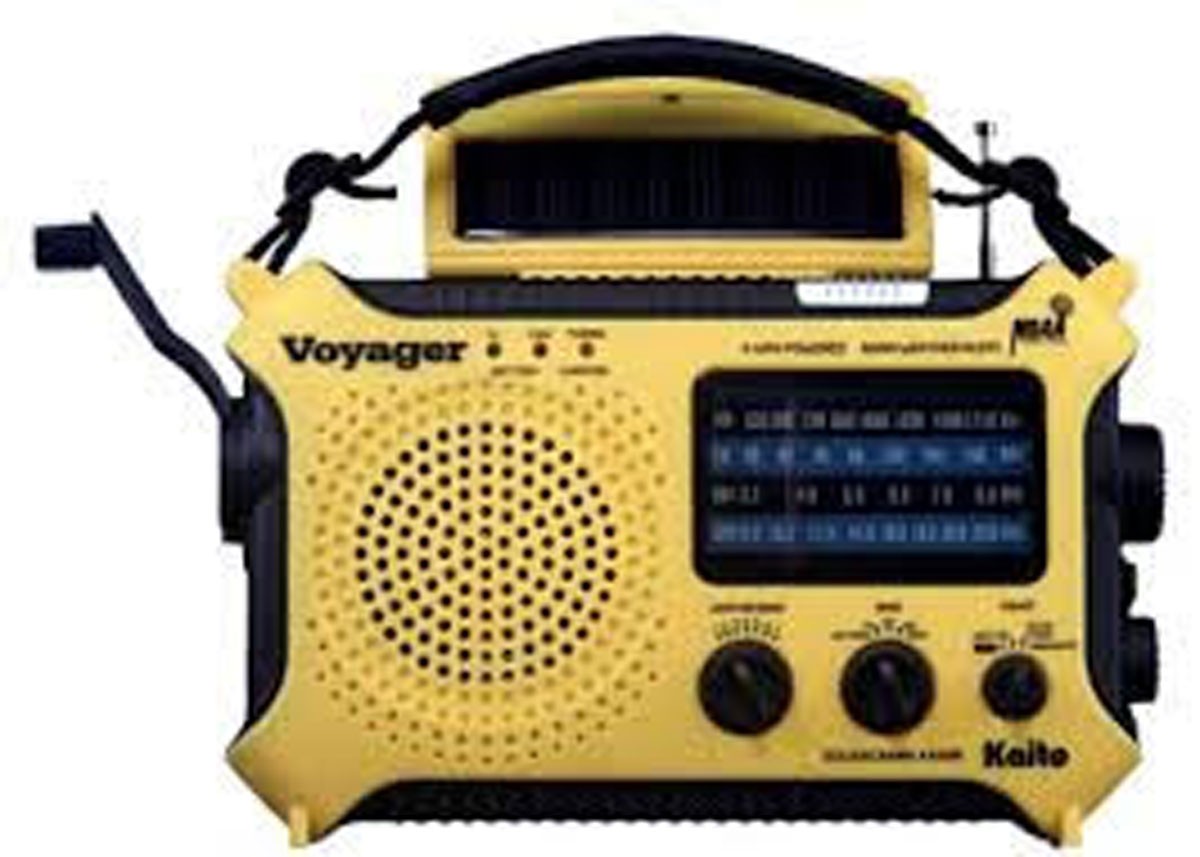


 Cardiac Glycosides are most often found in Lily-of-the-Valley, foxglove oleander and squill. First signs include headaches, confusion, vomiting, stomach pain, and dizziness. Children might also experience changes in heart rate and blood pressure.
Cardiac Glycosides are most often found in Lily-of-the-Valley, foxglove oleander and squill. First signs include headaches, confusion, vomiting, stomach pain, and dizziness. Children might also experience changes in heart rate and blood pressure. The best thing parents can do for kids is to teach them never to pick or eat anything from a plant they find outside, regardless of how good it smells or looks. Make sure your children know to eat plants or fruits from outside only if they have permission and if the plant has been washed thoroughly.
The best thing parents can do for kids is to teach them never to pick or eat anything from a plant they find outside, regardless of how good it smells or looks. Make sure your children know to eat plants or fruits from outside only if they have permission and if the plant has been washed thoroughly.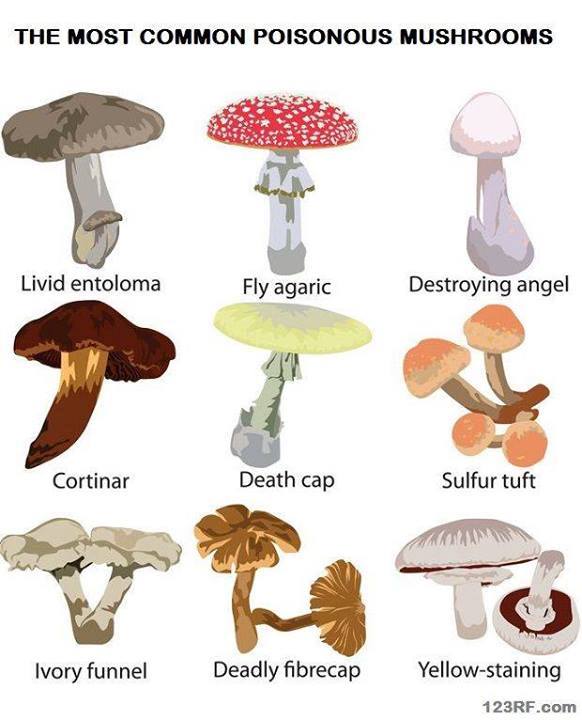

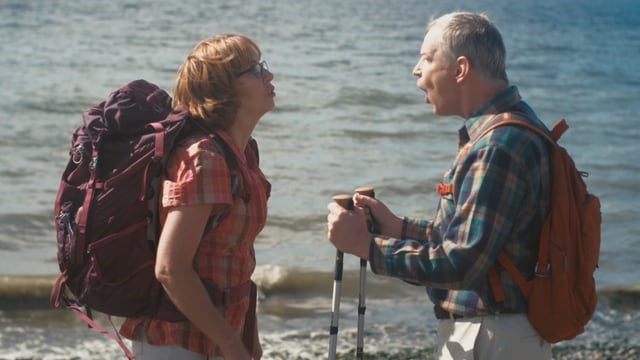

 Many of us like music, but don’t want to hear somebody learning to play the harmonica and singing may require those earplugs. Within my family, various infidels think Skillet is a pan, Pitbull is a breed, Celtic Woman is plural, FFDP=5FDP, and it’s normal to howl to country music. There’s audio torture in there for pretty much everybody.
Many of us like music, but don’t want to hear somebody learning to play the harmonica and singing may require those earplugs. Within my family, various infidels think Skillet is a pan, Pitbull is a breed, Celtic Woman is plural, FFDP=5FDP, and it’s normal to howl to country music. There’s audio torture in there for pretty much everybody. Books run the gamut from the usual suspects (
Books run the gamut from the usual suspects (
 Sensory Processing/ Perception Disorder can manifest in a range of ways. Some “feel” and “see” certain sounds – sometimes like corduroy rubbing in the ear, or that awful sensation of a pencil eraser’s metal scraping paper and desk. I don’t actually recognize background noises – clocks ticking, ceiling fans whirring, dogs panting, conversations behind a door, and rubbing of a callous are as prominent to me as face-to-face words. It has advantages and frustrations.
Sensory Processing/ Perception Disorder can manifest in a range of ways. Some “feel” and “see” certain sounds – sometimes like corduroy rubbing in the ear, or that awful sensation of a pencil eraser’s metal scraping paper and desk. I don’t actually recognize background noises – clocks ticking, ceiling fans whirring, dogs panting, conversations behind a door, and rubbing of a callous are as prominent to me as face-to-face words. It has advantages and frustrations.
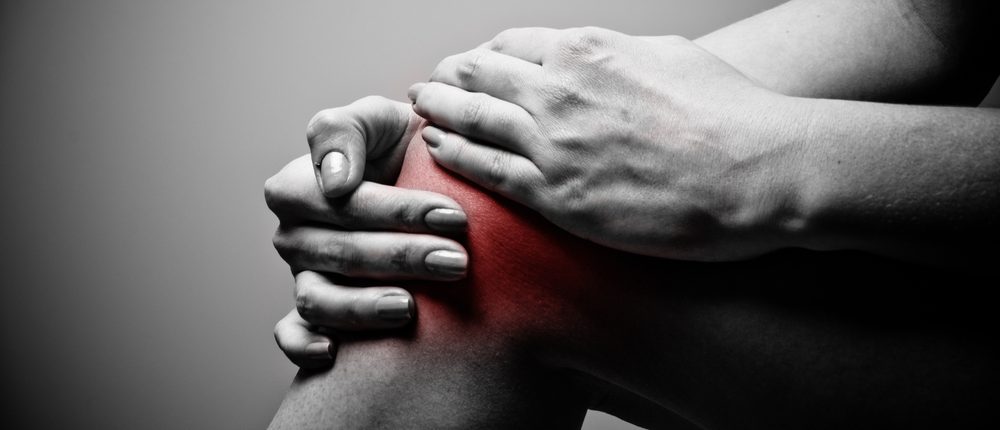

 Simple chicken keeping all starts with choosing the appropriate breed of chicken. In order to do this you need to think about why you want chickens. Some people want meat chickens to grow and slaughter as a cheap source of food; however, the majority of people want chickens to lay eggs. Once you’ve figured out why you want chickens you can choose an appropriate breed.
Simple chicken keeping all starts with choosing the appropriate breed of chicken. In order to do this you need to think about why you want chickens. Some people want meat chickens to grow and slaughter as a cheap source of food; however, the majority of people want chickens to lay eggs. Once you’ve figured out why you want chickens you can choose an appropriate breed.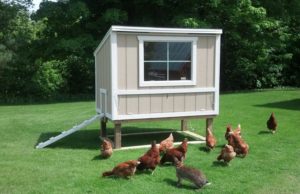 Now you’ve actually chosen and bought your hens you should want to keep them healthy. In my experience chickens need three things to stay healthy; food, water and shelter. In terms of
Now you’ve actually chosen and bought your hens you should want to keep them healthy. In my experience chickens need three things to stay healthy; food, water and shelter. In terms of 